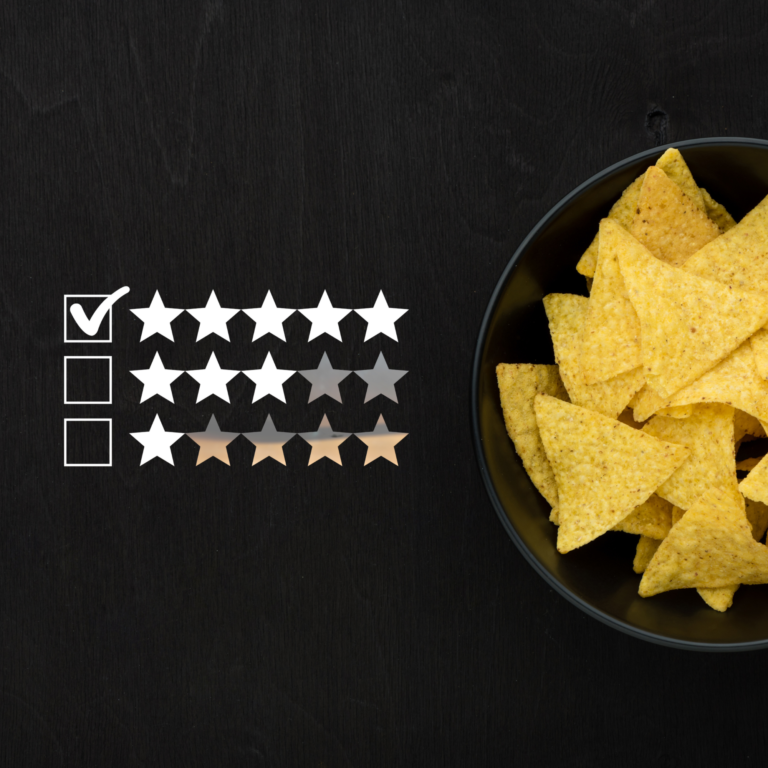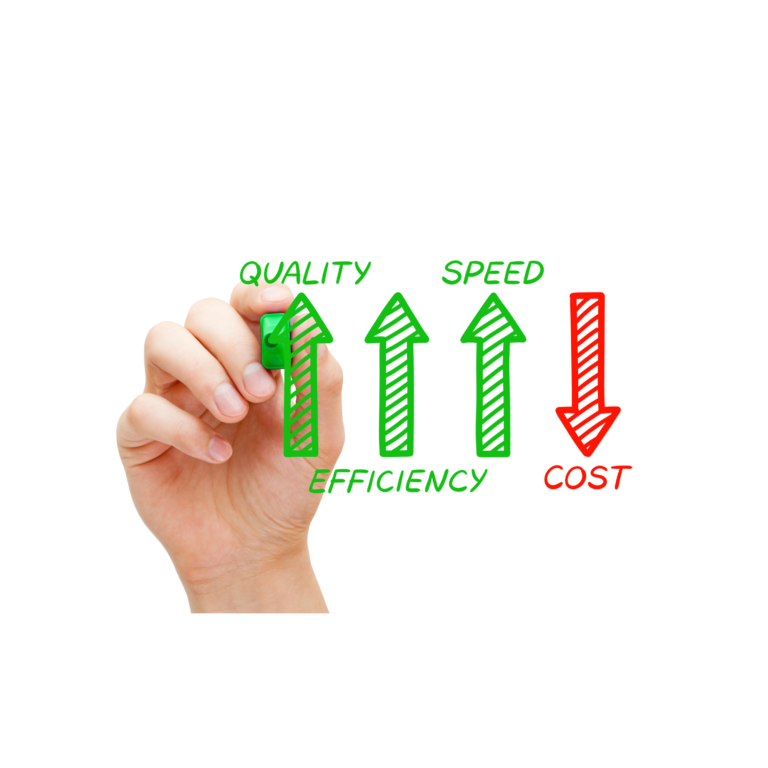-
Cost Estimation Models: Analysts use historical data, industry benchmarks, and market trends to create models predicting future production costs.
-
Sensitivity Analysis: They assess how changes in input variables, like raw material prices or labor rates, affect production costs.
-
Scenario Planning: To that end, analysts evaluate different production volumes, product mixes, or resource utilization to understand their impact on overall costs.
Costing Systems and Tools:
- Activity-Based Costing (ABC): Implement ABC systems to allocate costs more accurately by identifying cost drivers and tracing costs to specific activities or products.
- Costing Software: Recommend and implement cost accounting software systems to streamline cost calculation, reporting, and analysis processes.
- Data Analytics: Utilize data analytics tools to analyze large datasets and extract insights for cost optimization and decision-making.
Cost Reduction Strategies:
-
Cost Optimization: Managers identify ways to reduce production costs through process optimization, waste reduction, inventory management, and supplier negotiations.
-
Value Engineering: Teams evaluate product designs, materials, and manufacturing processes to find cost-saving opportunities without sacrificing quality or performance.
-
Lean Manufacturing: Manufacturers implement lean manufacturing principles to eliminate waste, improve efficiency, and reduce lead times across the production process.
Cost Control and Management:
- Budgeting and Forecasting: Develop production budgets and forecasts to monitor and control costs throughout the production cycle.
- Variance Analysis: Conduct variance analysis to compare actual costs with budgeted costs and identify areas of overruns or cost deviations.
-
Performance Metrics: Define key performance indicators (KPIs) in order to track cost performance, such as cost per unit produced, labor productivity, and machine utilization rates.
Regulatory Compliance and Reporting:
Ensure compliance with accounting standards (e.g., GAAP, IFRS) and regulatory requirements for cost accounting and reporting.
Additionally, consider tax implications, including deductions for capital expenditures or R&D, along with production costs.
Finally, assist in preparing financial statements such as income statements, balance sheets, and cash flow statements with accurate cost allocations and disclosures.
Cost Transparency and Communication:
- Cost Reporting: Prepare comprehensive cost reports and dashboards to communicate cost breakdowns, trends, and variances to stakeholders.
- Cost Awareness Training: Provide training to management and staff on cost concepts, cost drivers, and the importance of cost control in achieving business objectives.
- Stakeholder Engagement: Collaborate with cross-functional teams, including finance, operations, and procurement, to align cost management strategies with business goals and priorities.
Continuous Improvement:
- Benchmarking: Conduct benchmarking studies to compare production costs with industry peers and identify areas for improvement.
- Kaizen Events: Facilitate Kaizen events and continuous improvement initiatives to engage employees in cost-saving ideas and process improvements.
- Feedback Mechanisms: Establish feedback mechanisms and performance reviews to monitor the effectiveness of cost reduction initiatives and adjust strategies as needed.
Overall, production cost calculation consultancy services therefore help businesses optimize their manufacturing operations, while also improving profitability, and furthermore, enabling them to make informed decisions by providing accurate and actionable insights into production costs and cost drivers.
We have partnerships with the best suppliers in the United States, Europe countries of Germany, Italy, Spain and the Netherlands.
we design your requirements according to the size of your business, your markets, and future expansion prospects.
For food indistry solutions we can be considered one of the best in the Middle East and North Africa.
-
Firstly, identify all direct and indirect costs associated with production, including raw materials, labor, equipment, utilities, overheads, and depreciation.
-
Next, allocate these costs to specific products or processes based on usage, consumption, or activity-based costing methods.
-
Finally, classify costs as fixed, variable, semi-variable, or step costs to better understand their behavior and impact on production volumes.
Cost Estimation and Forecasting:
-
Cost Estimation Models: Analysts use historical data, industry benchmarks, and market trends to create models predicting future production costs.
-
Sensitivity Analysis: They assess how changes in input variables, like raw material prices or labor rates, affect production costs.
-
Scenario Planning: To that end, analysts evaluate different production volumes, product mixes, or resource utilization to understand their impact on overall costs.
Costing Systems and Tools:
- Activity-Based Costing (ABC): Implement ABC systems to allocate costs more accurately by identifying cost drivers and tracing costs to specific activities or products.
- Costing Software: Recommend and implement cost accounting software systems to streamline cost calculation, reporting, and analysis processes.
- Data Analytics: Utilize data analytics tools to analyze large datasets and extract insights for cost optimization and decision-making.
Cost Reduction Strategies:
-
Cost Optimization: Managers identify ways to reduce production costs through process optimization, waste reduction, inventory management, and supplier negotiations.
-
Value Engineering: Teams evaluate product designs, materials, and manufacturing processes to find cost-saving opportunities without sacrificing quality or performance.
-
Lean Manufacturing: Manufacturers implement lean manufacturing principles to eliminate waste, improve efficiency, and reduce lead times across the production process.
Cost Control and Management:
- Budgeting and Forecasting: Develop production budgets and forecasts to monitor and control costs throughout the production cycle.
- Variance Analysis: Conduct variance analysis to compare actual costs with budgeted costs and identify areas of overruns or cost deviations.
-
Performance Metrics: Define key performance indicators (KPIs) in order to track cost performance, such as cost per unit produced, labor productivity, and machine utilization rates.
Regulatory Compliance and Reporting:
Ensure compliance with accounting standards (e.g., GAAP, IFRS) and regulatory requirements for cost accounting and reporting.
Additionally, consider tax implications, including deductions for capital expenditures or R&D, along with production costs.
Finally, assist in preparing financial statements such as income statements, balance sheets, and cash flow statements with accurate cost allocations and disclosures.
Cost Transparency and Communication:
- Cost Reporting: Prepare comprehensive cost reports and dashboards to communicate cost breakdowns, trends, and variances to stakeholders.
- Cost Awareness Training: Provide training to management and staff on cost concepts, cost drivers, and the importance of cost control in achieving business objectives.
- Stakeholder Engagement: Collaborate with cross-functional teams, including finance, operations, and procurement, to align cost management strategies with business goals and priorities.
Continuous Improvement:
- Benchmarking: Conduct benchmarking studies to compare production costs with industry peers and identify areas for improvement.
- Kaizen Events: Facilitate Kaizen events and continuous improvement initiatives to engage employees in cost-saving ideas and process improvements.
- Feedback Mechanisms: Establish feedback mechanisms and performance reviews to monitor the effectiveness of cost reduction initiatives and adjust strategies as needed.
Overall, production cost calculation consultancy services therefore help businesses optimize their manufacturing operations, while also improving profitability, and furthermore, enabling them to make informed decisions by providing accurate and actionable insights into production costs and cost drivers.
We have partnerships with the best suppliers in the United States, Europe countries of Germany, Italy, Spain and the Netherlands.
we design your requirements according to the size of your business, your markets, and future expansion prospects.
For food indistry solutions we can be considered one of the best in the Middle East and North Africa.
Production cost calculation consultancy services are vital for businesses across various industries, providing expertise in accurately assessing the costs associated with manufacturing processes and products. Here’s an overview of the key aspects and services typically offered by production cost calculation consultants:
Cost Analysis and Assessment:
-
Firstly, identify all direct and indirect costs associated with production, including raw materials, labor, equipment, utilities, overheads, and depreciation.
-
Next, allocate these costs to specific products or processes based on usage, consumption, or activity-based costing methods.
-
Finally, classify costs as fixed, variable, semi-variable, or step costs to better understand their behavior and impact on production volumes.
Cost Estimation and Forecasting:
-
Cost Estimation Models: Analysts use historical data, industry benchmarks, and market trends to create models predicting future production costs.
-
Sensitivity Analysis: They assess how changes in input variables, like raw material prices or labor rates, affect production costs.
-
Scenario Planning: To that end, analysts evaluate different production volumes, product mixes, or resource utilization to understand their impact on overall costs.
Costing Systems and Tools:
- Activity-Based Costing (ABC): Implement ABC systems to allocate costs more accurately by identifying cost drivers and tracing costs to specific activities or products.
- Costing Software: Recommend and implement cost accounting software systems to streamline cost calculation, reporting, and analysis processes.
- Data Analytics: Utilize data analytics tools to analyze large datasets and extract insights for cost optimization and decision-making.
Cost Reduction Strategies:
-
Cost Optimization: Managers identify ways to reduce production costs through process optimization, waste reduction, inventory management, and supplier negotiations.
-
Value Engineering: Teams evaluate product designs, materials, and manufacturing processes to find cost-saving opportunities without sacrificing quality or performance.
-
Lean Manufacturing: Manufacturers implement lean manufacturing principles to eliminate waste, improve efficiency, and reduce lead times across the production process.
Cost Control and Management:
- Budgeting and Forecasting: Develop production budgets and forecasts to monitor and control costs throughout the production cycle.
- Variance Analysis: Conduct variance analysis to compare actual costs with budgeted costs and identify areas of overruns or cost deviations.
-
Performance Metrics: Define key performance indicators (KPIs) in order to track cost performance, such as cost per unit produced, labor productivity, and machine utilization rates.
Regulatory Compliance and Reporting:
Ensure compliance with accounting standards (e.g., GAAP, IFRS) and regulatory requirements for cost accounting and reporting.
Additionally, consider tax implications, including deductions for capital expenditures or R&D, along with production costs.
Finally, assist in preparing financial statements such as income statements, balance sheets, and cash flow statements with accurate cost allocations and disclosures.
Cost Transparency and Communication:
- Cost Reporting: Prepare comprehensive cost reports and dashboards to communicate cost breakdowns, trends, and variances to stakeholders.
- Cost Awareness Training: Provide training to management and staff on cost concepts, cost drivers, and the importance of cost control in achieving business objectives.
- Stakeholder Engagement: Collaborate with cross-functional teams, including finance, operations, and procurement, to align cost management strategies with business goals and priorities.
Continuous Improvement:
- Benchmarking: Conduct benchmarking studies to compare production costs with industry peers and identify areas for improvement.
- Kaizen Events: Facilitate Kaizen events and continuous improvement initiatives to engage employees in cost-saving ideas and process improvements.
- Feedback Mechanisms: Establish feedback mechanisms and performance reviews to monitor the effectiveness of cost reduction initiatives and adjust strategies as needed.
Overall, production cost calculation consultancy services therefore help businesses optimize their manufacturing operations, while also improving profitability, and furthermore, enabling them to make informed decisions by providing accurate and actionable insights into production costs and cost drivers.
We have partnerships with the best suppliers in the United States, Europe countries of Germany, Italy, Spain and the Netherlands.
we design your requirements according to the size of your business, your markets, and future expansion prospects.
For food indistry solutions we can be considered one of the best in the Middle East and North Africa.


